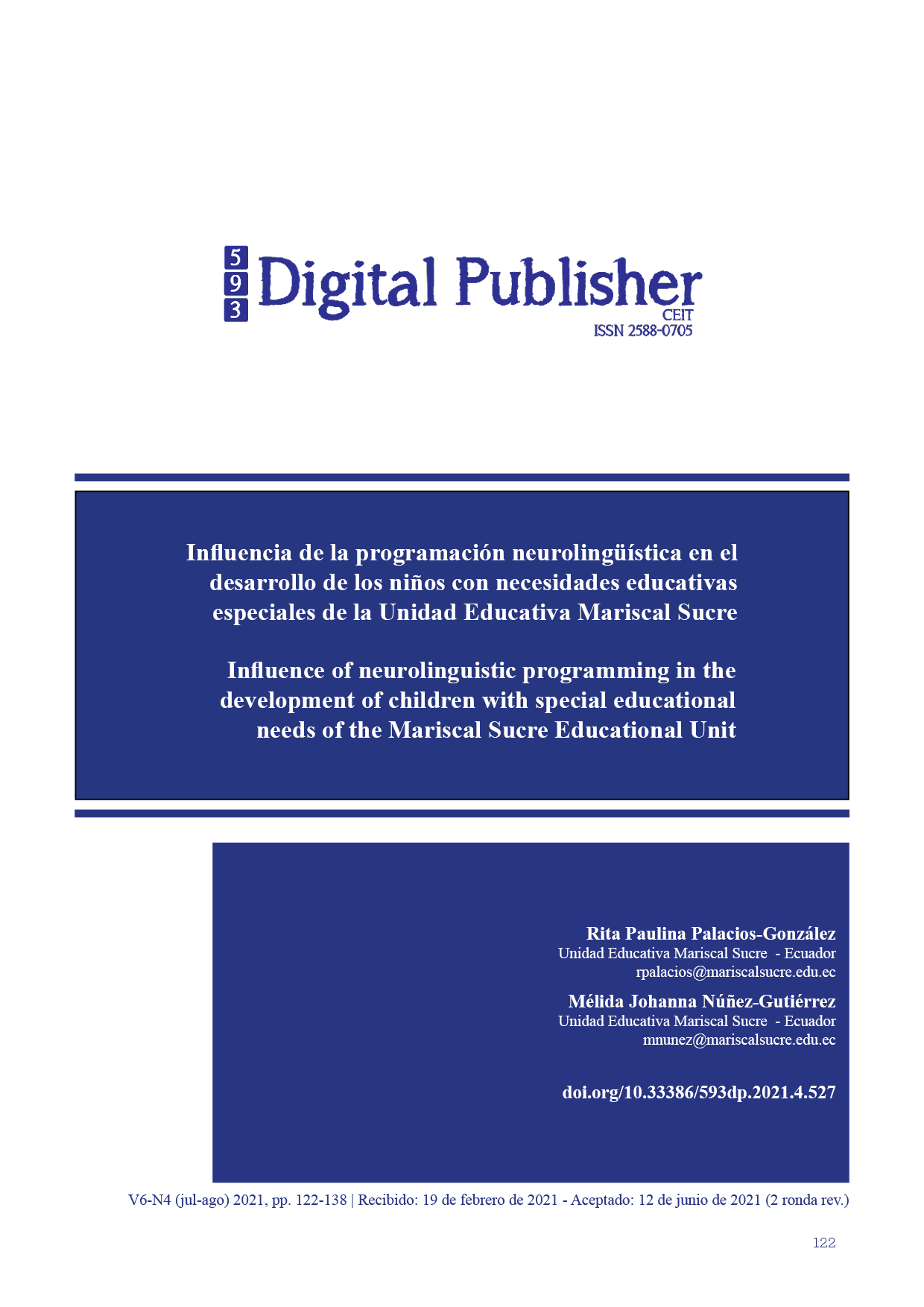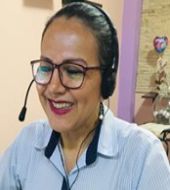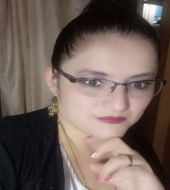Influence of neurolinguistic programming in the development of children with special educational needs of the Mariscal Sucre Educational Unit
Main Article Content
Abstract
Our research is based on contributing with a neurolinguistic model through neurolinguistic programming strategies that serve as a tool in the development of children with special educational needs. The purpose of this investigative work is to contribute to the teachers of the Mariscal Sucre educational unit. As a proposal of methodological strategies, in order to achieve effective, assertive communication between the teaching and learning of students, which will allow a pleasant activity that keeps them motivated and interested in the educational process to achieve real and significant knowledge.
The independent neurolinguistic programming variable and the dependent special educational needs variable of our research are focused on specific and motivational attention, which in turn influences the attitudes of those students of different grades and personal capacities.
This research applies the analytical-synthetic method prevailing the qualitative development as a process of production and appropriation of knowledge that allows to overcome the connection between theory and practice. This scientific approach allows to investigate and deepen on the subject in order to find solutions and apply strategies that will help in the educational process. To conclude the Neurolinguistic Model of the present investigation, strategies are developed where it applies to the four fundamental pillars, Neurolinguistic Programming exercises and playful material, with communication being the means of empowerment to strengthen students' attitudes, values, words of encouragement, positive and welcoming achieving significant learning and emotional affection.
Downloads
Article Details

This work is licensed under a Creative Commons Attribution-NonCommercial-ShareAlike 4.0 International License.
1. Derechos de autor
Las obras que se publican en 593 Digital Publisher CEIT están sujetas a los siguientes términos:
1.1. 593 Digital Publisher CEIT, conserva los derechos patrimoniales (copyright) de las obras publicadas, favorece y permite la reutilización de las mismas bajo la licencia Licencia Creative Commons 4.0 de Reconocimiento-NoComercial-CompartirIgual 4.0, por lo cual se pueden copiar, usar, difundir, transmitir y exponer públicamente, siempre que:
1.1.a. Se cite la autoría y fuente original de su publicación (revista, editorial, URL).
1.1.b. No se usen para fines comerciales u onerosos.
1.1.c. Se mencione la existencia y especificaciones de esta licencia de uso.
References
Abarca, G. B. (2020; pág 9). necesidades educativas especiales.
Alonso, G. y. (1999; pág 12). Efectividad en los estilos de aprendizajes.
Alonso, G. y. (2009). Estilos de Aprendizaje.
Barrio. (2004; pág 60). Transdisciplinariedad y complejidad en el análisis social.
Blanco, A. M. (2008). Modelos Pedagógicos.
Breman, W. y. (1981). Dificultades en los estudiantes con necesidades educativas especiales.
Cantillo, A. V. (2012). Modelos pedagógicos: Modelos pedagógicos: Modelos pedagógicos:. Dialnet, 14.
Chávez, C. &. (2017). Estrategias de programación Neurolinguisticas en la calidad de aprendizaje de los estudiantes.
Cortez, N. G. (2015). Método Descriptivo.
Dominguez, L. y. (2003; pág 78). Modelo pedagógicos y aprendizajes significativos.
Echeita. (2008; pág 3). Aprendizaje de calidad a los estudiantes.
Eneroth. (2009; pág. 6). MODELO VENEZOLANO DE INTEGRACIÓN EDUCATIVA.
Eneroth, B. (1984). ”Hur mäter man vackert?” Natur & Kultur, Göteborg. Fracia.
Feldman. (2005; pág 54). Aprendizaje como transformación como accionar de cada individuo.
Ferry. (1997; pág 7). Modelo Teórico- pedagógico.
Fierro, F. y. (2011). Desarrollo intelectual, social y emocional de los estudiantes con necesidades educativas especiales.
Gonzaga. (2014). Ley Orgánica de Eduación Intercultural. Ecuador.
Gonzaga. (2014, pág. 6). Ley Orgánica de Educación Intercultural.
Hegarty. (1990; pág 4). Discapacidades que no reciben educación adecuada.
Huayamabe, S. S. (2016; pág 7). ANÁLISIS DEL EFECTO QUE PRODUCE LA PROGRAMACIÓN NEUROLINGÜÍSTICA EN LA ELABORACIÓN DE UN PLAN ESTRATÉGICO EN EL PROCESO DE ENSEÑANZA APRENDIZAJE PARA MEJORAR LA COMUNICACIÓN DE LOS ESTUDIANTES .
Joselyne Leandra Sellan Huayamabe . ((2016)).
Julián. (2017; pág 7). Software del Cerebro.
Julian. (2018 pag,7). Software del Cerebro.
Julián, A. (Pág 7). Software del Cerebro.
Kolb, D. (1984; pág 36). Diferentes estilos de aprendizajes.
Martínez. (2015). Formación integral en el aula.
Rodríguez, Q. y. (2002). Estilos de aprendizaje de acuerdo a la dependencia e independencia de campo.
Rojas-Jara, C. (2016). Estilos de enseñanza y estilos de aprendizaje en educación superior: Análisis de las preferencias de estudiantes de Pedagogía en Inglés en tres universidades chilenas. Educare.
Salinas, L. R. (2010; 41). Modelos y Metodología .
Sampiere, R. (2014). Metodología de la Investigación Sexta Edición. Mexico: Mc Graw Hill education.
Sandra, C. R. (2017; pág 20). Rol del docente en la educación.
Schmeck. (1991; pág 344). Formas de obtener información en los diversos estilos de aprendizaje.
Tenorio, S. (2011; pág 6). necesidades educativas especiales.
Tobón. (2007). Competencias.
Tobón. (2007; pág 5). Competencias en los procesos formativos.
Torres, J. (2013; pág 20). Programación Neurolinguistica.
Ureña, C. (2017). Modelos que ayudan a la formacion con la aplicación de la PNL.
Veloz. (2013; pág 8). Habilidades para procesar información y aplicarlas sistemáticamente.
Veloz, H. V. (2013). Enseñanza y Aprendizaje.
Vickers, S. B. (2014). Programación Neurolinguistica.
Villafuerte, A. G. (2016). necesidades educativas especiales, 9.
Villafuerte, A. G. (2016; Pág 9). necesidades educativas especiales.
Warnock. (1991). Diversas enseñanzas o métodos de aprendizajes.
Watkins. (2007; pág 9). Las actitudes positivas.
Weber, K. y. (2009). Desarrollo integral en los niños con necesidades educativas especiales. }
Merriam, SB y Baumgartner, LM (2020). Aprendizaje en la edad adulta: una guía completa . John Wiley & Sons.
Kolb, DA (2014). Aprendizaje experiencial: la experiencia como fuente de aprendizaje y desarrollo . Prensa FT.
Kolb, DA (2007). El inventario de estilos de aprendizaje de Kolb . Boston, MA: Recursos directos del heno.



